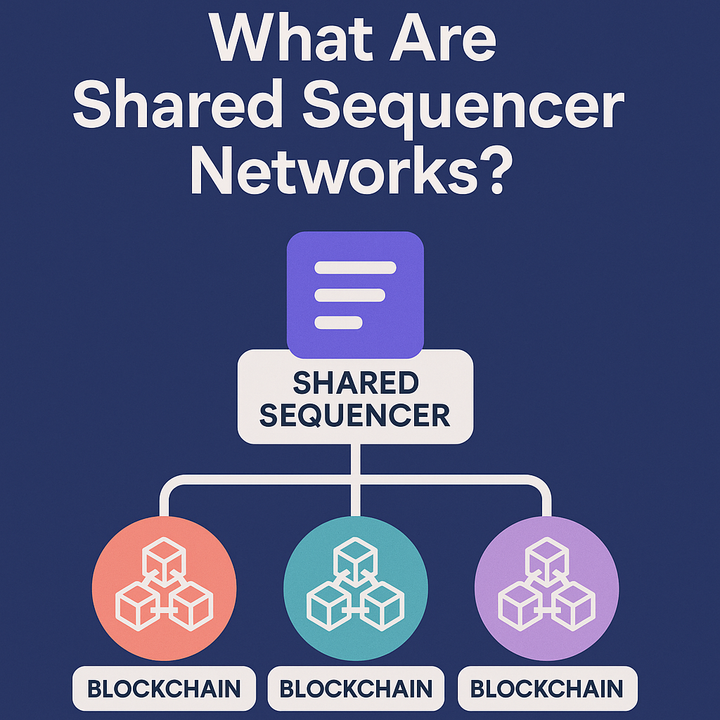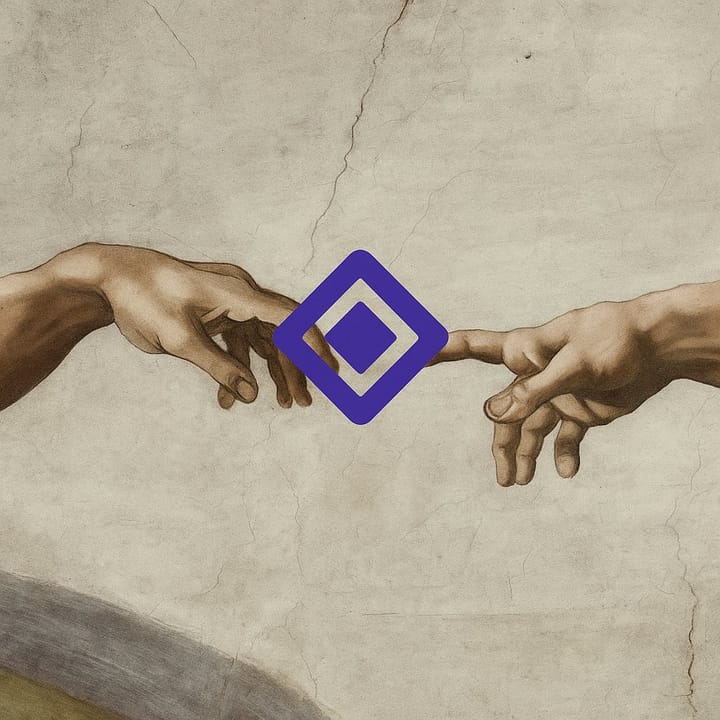Tether's new USDT-native blockchain (Stable L1) and its impact on fee structures and institutional usability.

Tether has introduced Stable – a brand-new Layer-1 blockchain where transactions are fueled by USDT (Tether’s stablecoin) instead of a volatile token like ETH or SOL. In this design, USDT is the native gas, and even basic peer-to-peer USDT transfers are advertised as free of charge. The goal is to make crypto as easy as using a payment app: no special coin needed to pay fees, just dollars-on-chain. For example, users can send USDT directly without buying extra tokens; the chain handles gas in USDT. This means everyday transactions can be predictable: fees won’t spike when token prices soar. In fact, the team highlights “predictable, dollar-denominated fees” and emphasizes “no token volatility” for fees. In practice, that makes sending money on Stable feel much like a normal bank transfer – except it’s on-chain.
Stable is explicitly institution-friendly. Its backers (including Bitfinex and a group called USDT0) aim it at banks, fintechs, and remittance providers. Institutions hate price swings, so Stable’s model gives them stable fee expectations. The chain even promises “enterprise lanes” for priority processing. Meanwhile, basic users get a gasless onboarding experience: new wallets can start transferring USDT immediately, without needing any separate gas token. In short, Stable blurs the line between traditional payments and crypto: Mitosis University notes it is building a “stablecoin-first” payment rail that makes blockchain transfers feel like digital dollars moving behind the scenes. This taps into a larger trend: stablecoins now power over $100 billion in daily transfers worldwide, and are increasingly used by people in inflation-ruined regions. By using USDT everywhere, Stable leverages that momentum. Mitosis data also shows stablecoins have a market cap > $200 billion and comprise the majority of DeFi activity, so building a blockchain around them is a logical extension.
How it works: At a high level, Stable is EVM-compatible and offers familiar developer tools. Its internal testnet is live, and SDKs for wallets, apps, and custody services are being released. That means a developer can write an Ethereum-style smart contract, deploy it on Stable, and let users interact paying fees in USDT. Crucially, peer-to-peer transfers cost zero: one Mitosis article explains that “users need not pay anything for simple USDT transfers,” making the network feel almost fee-free for basic use. A helpful comparison:
| Feature | Traditional L1 (e.g. Ethereum) | Tether’s Stable L1 |
|---|---|---|
| Gas token | Native volatile coin (e.g. ETH) | USDT stablecoin (dollar-pegged) |
| Fee volatility | High (market-driven) | Low (pegged to $1 USD) |
| Transfer fees | Can spike under load | Zero for simple USDT peer transfers |
| Onboarding | Must buy gas token first | Gas paid in USDT; no extra token needed |
| Ideal audience | Crypto developers and traders | Financial institutions and mass users |
Table: Traditional chains vs Stable L1 in gas/fees.
Zero-fee transfers: One of Stable’s most eye-catching features is free USDT transfers between users. The Mitosis write-up highlights that everyday person-to-person USDT payments will be “not charged at all”. In practical terms, if Alice and Bob each hold USDT wallets on Stable, Alice can send Bob $10 USDT with no deduction. This gasless model dramatically lowers barriers for new users, because it removes the need to buy or manage a separate gas token. It’s intended to make blockchain feel as easy as a regular money app. Tether’s thread on X emphasized “Built for institutions. Designed for scale. No FX middlemen, no legacy rails – just composable, programmable, dollar-native infrastructure.”. In other words, Stable envisions itself as a dollar-based rails for finance.
Gas in USDT: By making USDT the gas token, Stable changes the economics. Traditional Layer-1 chains require holding and spending the chain’s coin, whose price can fluctuate wildly. For example, on Ethereum one might need expensive ETH to send any transaction. On Stable, by contrast, every fee is literally in US dollars (USDT). This makes fees stable and predictable. Mitosis notes that fees become “predictable, dollar-denominated”, and that Stable L1 is meant to “simplify crypto access” so users “might not even realize they’re on a blockchain”. Enterprises can budget costs easily, and retail users avoid sudden spikes. Predictable fees also encourage usage in emerging markets: remittances can happen with fixed small fees, unlike crypto rails today which can charge tens of dollars when congested.
Contrast with traditional L1s: In summary, Stable’s model contrasts strongly with normal blockchains. On Ethereum or Solana, fees are paid in ETH or SOL, which can rise on a bull run, making even tiny transactions expensive. Stable flips that – fees are in USDT (a stable asset). This innovation means stablecoins become not just assets but the unit of account for the network. Instead of mining or staking native tokens, validators (or liquid staking providers) on Stable will be paid in USDT. While this still rewards network operators, it ties everything to the dollar. Mitosis University points out that Stable’s “gasless wallets and stablecoin fees… blur the lines between traditional digital payments and blockchain”. It’s essentially an on-chain dollar network.
Implications: For stablecoin utility, this is a big deal. Many DeFi apps, payment systems, and wallets are already built around USDT/USDC. Stable L1 could absorb that liquidity natively. It could become the default chain for any application that mostly deals in dollars: e.g. remittance dApps, neobanks, or even on-chain banking rails. Mitosis envisions Stable as underpinning global remittance networks – “a chance to rebuild finance from the ground up” with dollars moving 24/7 on-chain. Users could earn interest on USDT cheaply or make cross-border B2B payments without leaving the ecosystem.
In short, Tether’s Stable L1 is a purpose-built blockchain where stablecoins aren’t just an option but the only currency. It aims to make crypto usage as familiar as using a bank’s app – users “don’t even realize they’re on a blockchain”. Beginners can think of Stable as a special network where “gas” = actual dollars, transactions can be free, and the usual volatility headaches are gone. This could greatly expand on-chain stablecoin use – and Mitosis notes it is explicitly positioned as infrastructure for global stablecoin adoption



Comments ()